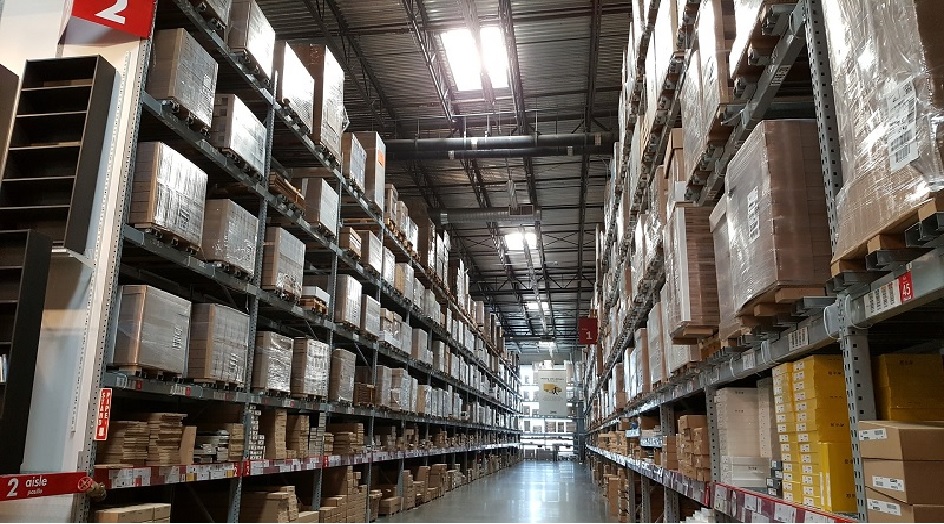What You Should Know About -Tailored Warehouse Pallet Racking Solution?

To maximize the storage spaces in warehouses, pallet racking is the best option. Referred to as the skeleton of the warehouse, the basic equipment that any warehouse should have is the pallet racking system which provides the basic support and structure. A well-tailored warehouse pallet racking solution is the prerequisite for the automated storage and easy retrieval systems. An efficient pallet racking system ensures increment of inventory turns and helps the organization to remain competitive by boosting its efficiency.
Considered as the key component of any distribution center, pallet racking helps in keeping your warehouse organized thereby maximizing the space within warehouse from floor to ceiling. The upright steel frames from ceiling to floor relate to the horizontal steel beams to form the various pallet racking.
All the pallets lie on beams between upright beams. The pallets are stacked to a height depending on the structure of the warehouse. With the typical rack height range from 20 to 25 feet, the modern well-tailored warehouse pallet racking solution can go to as high as 100 feet (counted as high rise storage systems).
Here are the various well-tailored warehouse pallet racking solutions which can render efficient warehouse facility to your organization:
-
Low Density (Single Deep rack)
This is one of the most common types of pallet racking which is also known as selective rack. Considered as the lowest density storage system, each pallet can be accessed conveniently as the loads are stored just one pallet deep. It is one of the least expensive storage mechanisms and can be executed with any type of lift truck.
-
Low Density (Double Deep rack)
Under this structure, one pallet is stacked over the other and hence it has the storage capacity double than the single rack storage. As one rack lie behind the other, it restricts the flexibility and access to the goods which are stored in the rear pallet rack. Every time a rear pallet is referred, the front pallet needs to be emptied first. It is recommended to fill these pallets on FIFO (First-in-First-out) basis and but a deep-reach lift truck is needed to empty the rear positioned pallets. Generally, both rear and front pallets contain the same material in such kind of racking solutions.
-
High Density (Drive-in-rack)
It is a very dense storage which has a store load up to four and five deeps. There are 20 pallets in each bay and a lift truck drives into the front of such storage bay to load them. For lift truck maneuvering, the rack is constructed without any traditional beams across its bay. Inside the bay, there are rails which are meant for pallet resting and are perpendicular to the aisle.
Each bay carries the singular product and the products are stored in the FIFO order. Most efficiently used when the product is staging for shipping, the entire bay can be moved at once.
-
Drive-in-Through Rack
Unlike Drive-in-rack, the lift truck can enter from either end and increases the access to the pallet loads. There is an aisle to facilitate the entry of lift truck from both the ends. Pallets can be loaded from one edge and can be emptied from another edge and thus automatically facilitated the FIFO rotation.

-
Dynamic Storage
Pallets in this system can be retrieved from the front of the system. Roller conveyors or skate wheels are allocated to the rack structure which churns out a dynamic storage system. Quite expensive than selective racks, pallet racking requires more engineering.
Choosing an appropriate well-tailored warehouse pallet racking solution largely depends on the product types and the inventory method an organization follows.